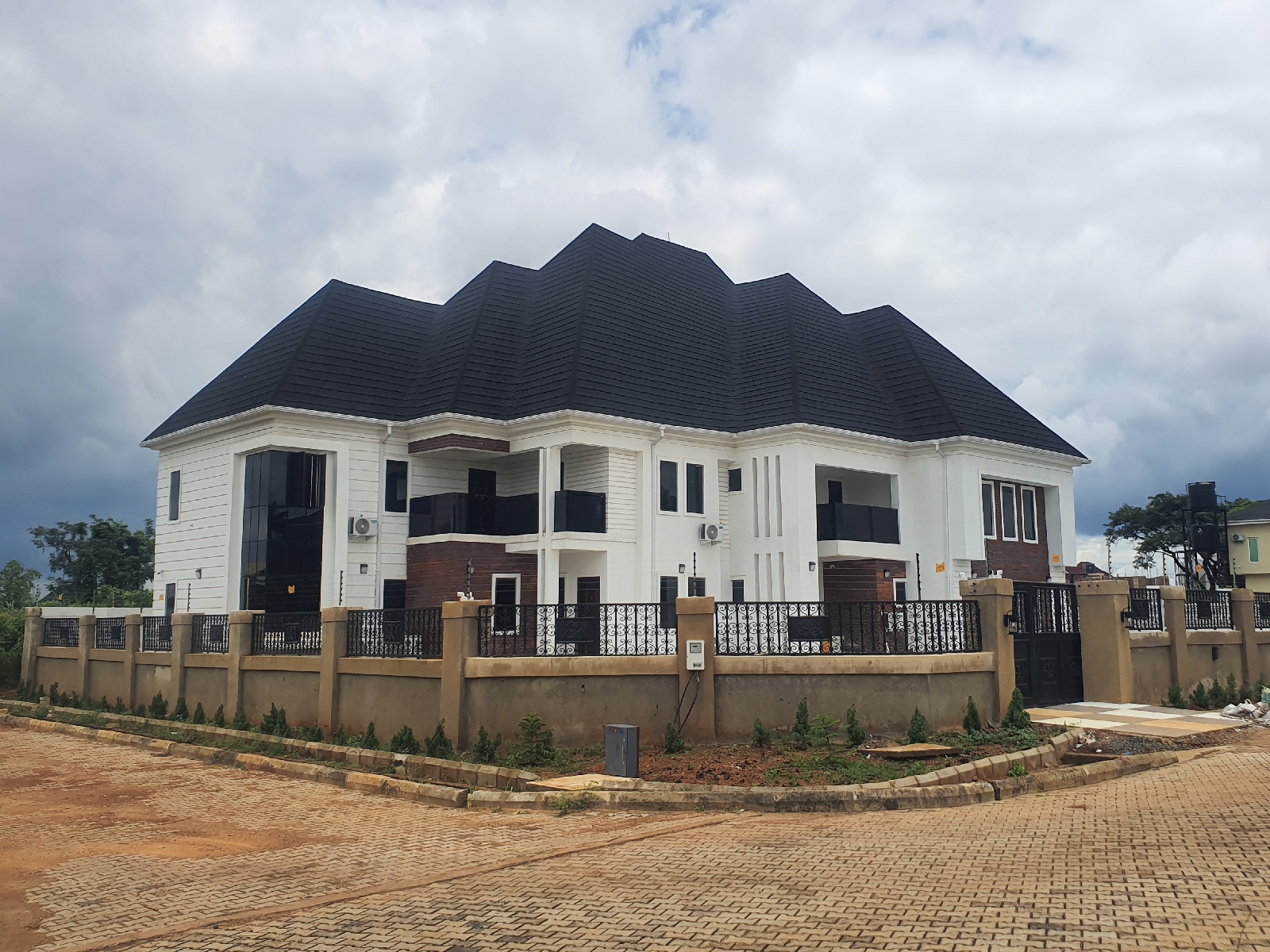Home ownership, especially building a new one could be very exciting. Many people have bought lands to build their houses, but to their surprise, the lands they bought during a dry season that is looking dry and cool on the surface turns out to be a swamp, with so much water flow and settlement in the rainy season that some of them will seem impossible to construct your dream home. Sounds familiar right? Then settle down and review these few points about what you need to do to solve this problem, and still build your dream home.
1. First, conduct a survey on the land.
Stop fretting about the problem, get a diagnosis of the problem first. Call in a structural engineer to study the nature of the land. There are lands that have very low bearing capacities. A land that has a low bearing capacity is a land that will not support the load of a heavy building without sinking, cracking, or collapsing completely. It is important to study the nature of the land with instruments made for the purpose, one of such equipment is called a Theodolite. The land should be studied extensively, with the type and size of the building planned for the land well considered.
2. Design the right foundation type.
After a careful examination of the land, and obtaining results from it, the next thing is to use the results of the land structural investigation to design a proper foundation type for the building. This will need a careful application of structural engineering, combining with an architectural design that will bring out the best of the planned building. I must sound a note of warning here, it's always better to conduct land surveys to understand the nature of a land before an architect will finally conclude the design the planned building. There are many types of foundation that could be chosen for a building, they include;
A. Raft foundation
B. Mat foundation
C. Pad foundation
D. Pile foundation
The type that will be chosen will depend on the nature of the land, and the desired building type.
3. Planning for the foundation
We all plan for the foundation of every building, but the type of planning you do for a waterlogged land is more intense. This is because you will be planning on how to work on water, most of the time. Working on water, especially natural swamps will expose the workers to a difficult terrain, moving materials, equipment and workers could be more difficult. There could also be the added risk of meeting with some animals that live in such habitats. Examples include poisnous snakes, alligators or crocodiles, poisonous insects or mosquitoes.
You plan will be on way to mitigate against these identified problems of logistics, and added risk of marine dwelling animals.
4. Higher cost implications
By now, with these few points above, you should know that with these added problems, there must be the likelihood of a higher cost implication for the foundation, when compared to doing it on dry ground. On the average, it will cost about 40% more money to build a house foundation in a waterlogged land, compared to dry ground. There is also the possibility of using special kinds of building materials, like waterproof cement, and other materials.
Finally, its good to make sure you do it right with a foundation on a land that is waterlogged, because the cost of redoing it could be much higher. It is also imperative that professionals are involved in the planning and execution process of the foundation. For more information about this topic or others, contact us on 08033350750.




No comments:
Post a Comment